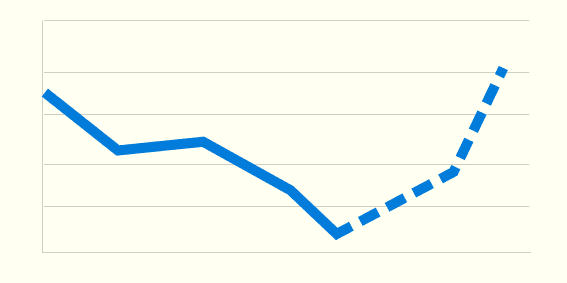Difference between descriptive and inferential statistics.
This article will be about The descriptive and inferential statistics, and a comparison to know how to differentiate each type of statistics.
The study of statistics is mainly focused in compiling, organizing and analyzing the data obtained in an investigation. There are two types of statistics, and each statistic has its objective, but between the main objectives of the statistics in general are build a very complete profile about the characteristics of a population, as it could be know the behavior that people have in a city while a festive day or in an emergency, physical characteristics and other types of studies. Another objective of the statistics is predict a future event to prevent an unwished behavior. Predict an event is done by compiling very specific data of the population and a subsequent analysis.

A characteristic of the statistics is that the statistics is centered 100% in the data collected, whether to use them as a description of the population or to analyze deeper the composition of the population and it has nothing to do with the sentimental part, if we would want to study the situation of each element of the population we would have many conclusions that could change the analysis of the study, but in statistics we only base in numbers and data.
Descriptive statistics
The main objective of the descriptive statistics is determine the main characteristics of the population through the presentation of different types of data. The descriptive statistics is focused on creating a very short profile about the population studied, this population is not made to know which decisions to make, it is more useful to understand the composition of the population.

In the descriptive statistics there are different methods that allow us to determine the composition of a population, between them there are the followings.
Measures of central tendencies
The measures of central tendencies are methods that allow us determine which is the common denominator of a variable in a population. Between the measures of central tendencies there is the mean, the median and the mode, each of these methods are useful to find an average in the compiled data of a variable.
Medidas de dispersión
The measures of dispersion try to determine how far is the data from its central number, the methods that are a part of the measures of dispersion are the variance, the typical or standard deviation, range and frequency, mean deviation, etc.
Both measures of central tendencies and measures of dispersion complement each other, because sometimes we do not get an accurate data from the measures of dispersion, so to determine the reliability of the mean, the median and the mode we use the measures of dispersion, which determine if the results given by the central tendencies are reliable or not.
Example of descriptive statistics
To understand better how does the descriptive statistics work we are going to make the following example: the weight of a small family was taken and the results were the followings.
| Weight |
|---|
| 80 |
| 50 |
| 110 |
| 70 |
| 90 |
| 59 |
| 73 |
In this article we are not going to solve step by step the problem, but if you want to learn how to find this data, please go to the bottom of the article where you will find links to the respective articles.
Analyzing the results we can see that the family has an average weight of 76kg, and has a typical deviation of 18kg, looking at the average weight of this family we can see that they have an “average” weight (average in the normal sense), but that has a really high dispersion, this means that although they are a small family there are some weights that are a little high and others that are a little low.
The analyze and description of the previous scenario was only a small example of what we can do with the descriptive statistics, if we apply well the statistics and with a very marked objective and then we make an analysis and description of the results we are going to be able to build a very accurate profile about the studied characteristics in a population.
Inferential statistics
The inferential statistics, just like the descriptive has it base in the compiled data, but with the difference that the inferential statistics uses the compiled data not to describe a population, it uses the data to predict what could happen based on the compiled data.
The inferential statistics looks for solutions to present and even future problems based in different analysis.

Between the methods that we use in the inferential statistics there is the correlation, the regression, the analyze of variances, etc.
The methods used in inferential statistics work mainly to find different types of relations between variables, this relations are searched in order to determine the changes we can make in a population to obtain the wished result.
Example of the inferential statistics
To see how we can apply the inferential statistics in real life situations we are going to make the following example: a study was made where they were evaluating different variables, like the salary and the level of education of certain group of people, where they find an important relation between the variables of the salary and the level of education.
The higher the level of education people have, the higher the salary of the people is, and vice versa, the lower the level of education the person has, the lower the average salary is, so they got to a conclusion where to increase the average salary of the people, they have to make a major support to the education of the people, although the objective is increase the salary of the people, they are going to make it by educating the people in a higher level.
The previous example is just a little of what we can do if we use the inferential statistics.
Difference between descriptive and inferential statistics
As a conclusion, the difference between the descriptive and inferential statistics is that the descriptive statistics is focused in how is the population in the present, how they are, how they behave, of what are they done, how they act in determined situations, etc. while the inferential statistic is focused in what we can do to increase a positive tendency or stop a negative tendency, what changes we have to do, how to make the changes, etc.